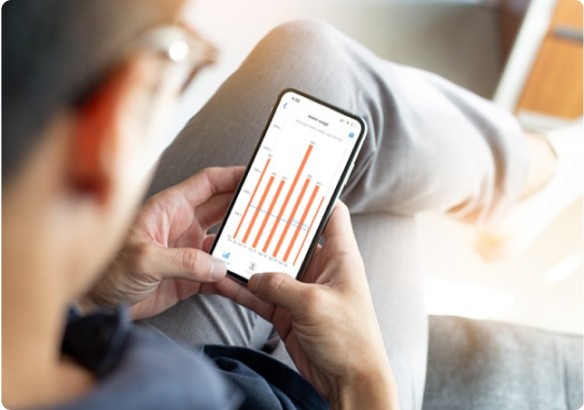Water quality
Learn how your drinking water is managed and monitored to make sure it meets strict regulations and is of the highest quality. Use our updated water quality checker tool to look up water quality in your area.
Measuring water quality
We have a comprehensive program for managing and monitoring your drinking water to make sure it’s high quality, safe to drink and meets these state and federal regulations and guidelines:
- Victorian Government: Drinking water is regulated under the Safe Drinking Water Act 2003 and the Safe Drinking Water Regulations 2025 (which came into effect on 6 July 2025).
- Australian Government: Australian Drinking Water Guidelines
We’ve upgraded our water quality checker so you can look up water quality testing locations and results in your area.
To use the tool, click on the location you want to view and scroll down to view the data below the map.
Treatment
Melbourne Water treats and disinfects your drinking water as needed before supplying it to us, so that it’s safe for you to drink and is of the highest quality. This generally includes these processes:
- Water sourced from unprotected catchments is filtered to remove particles and sediment.
- Chlorine is added as a disinfectant. This process kills nuisance microorganisms that might cause disease or grow in the network, such as pathogens and infectious bacteria.
Melbourne Water states that the amount of chlorine added varies but is typically less than 2 milligrams per litre (0.0002%), or 2 grains of sugar in a cup of water. - Adding fluoride to help prevent tooth decay.
- Adjusting pH levels to make it slightly less acidic and to help prevent household pipes and fittings from corroding.
To learn more visit Drinking water treatment | Melbourne Water.
Sampling, testing and monitoring
We monitor the safety and quality of your drinking water 24 hours a day. This monitoring starts when it’s first transferred from Melbourne Water to us.
Sampling and testing
Over 13,000 samples are collected and analysed each year by an independent laboratory, using over 1,000 dedicated sample taps across our system.
Tests are performed for hundreds of water quality parameters including colour, hardness, turbidity (how clear the water looks) and PFAS levels, as well as for pathogens like E. coli and for minerals and metals such as copper, lead and manganese.
My water seems different
If we’re doing maintenance work on our water pipes or there’s a fault, you might notice temporary changes to your water supply. Find out what to do if your water looks, smells or tastes different than usual.
Real-time monitoring
Our testing units across our supply network monitor 24/7 for a range of water quality parameters and alert us to changes in real time. We also use drones to inspect our tank and storage systems.
All this means that when you turn on a tap, or press go on your dishwasher, you can be sure that everything’s as it should be.
You can learn more about how we monitor your drinking water in our Annual Drinking Water Quality Report.



